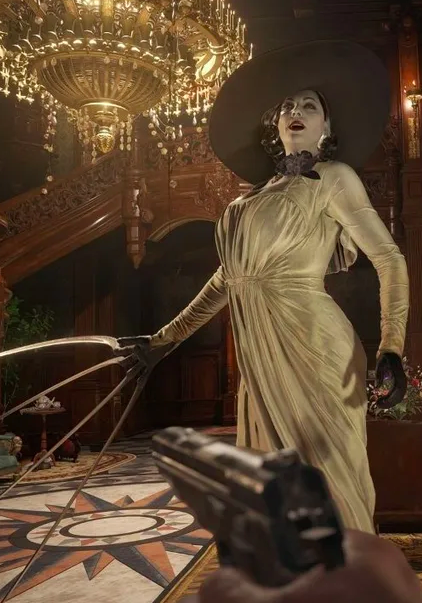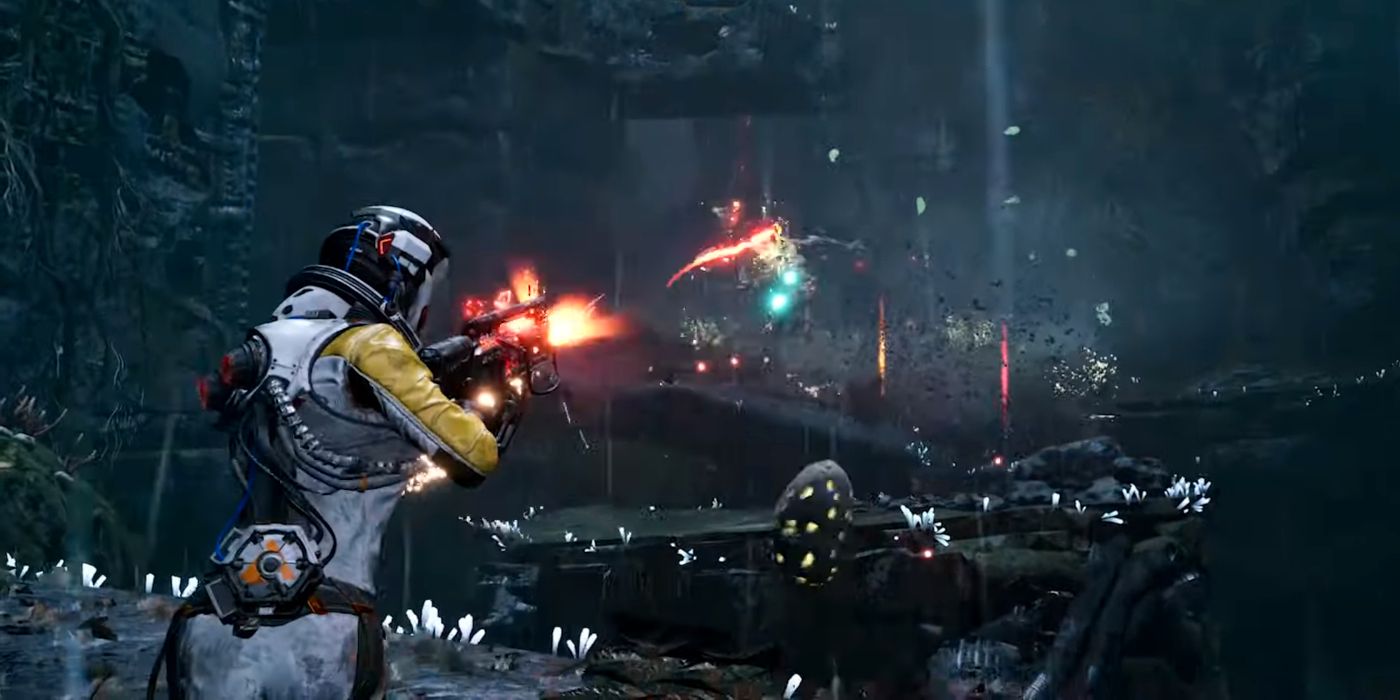In a post on Playstation’s blog, the sound teams from Housemarque and Capcom explain how PS5’s Tempest 3D audio is used in Resident Evil Village and Returnal.
3D audio has been one of PlayStation 5’s headline features ever since the console’s announcement last year. Much like the system’s SSD and the DualSense wireless controller, the custom-built Tempest 3D audioTech was conceived to make the video game experience as immersive as possible in games that support it.
On PS5, gamers can experience 3D audio with the stereo headphones that many already own, either through a USB dongle, USB wired headset, or wired headphones connected into the DualSense wireless controller’s 3.5mm jack.
But you can fine tune the experience further: navigate to the 3D audio section within the sound menu of your PS5 settings and pick which one of the five 3D audio profiles that sounds best to you.
“We spent a long time deciding on the five audio profile settings for PS5,” explains Kenichi Imai, deputy head of the SIE Software Engineering Group, who helped build the Tempest engine.
“Each person hears 3D audio differently, so these settings allow players to adjust sound to a level that’s closest to their ear level.”
3D audio has applications for every genre. In the past few weeks, gamers have seen how it benefits action and horror, with Returnal and Resident Evil Village.
Wataru Hachisako, Resident Evil Village’s audio director believes 3D audio can bring something new to the iconic survival horror series:
“It’s very important in the horror genre to apply fear to the player’s imagination through elements they cannot see,” he explains.
“I want players to be able to enjoy the experience of encountering a new enemy, even before they’ve visually chanced upon it. I believe 3D audio has the specs to really amplify what we’re aiming for, not only before players get a chance to see an adversary, but also when coming directly in contact with it as well.
“The sounds that an adversary makes are more fleshed out and fill the space in a 3D environment, which helps to amplify the immersion a player may feel.”




